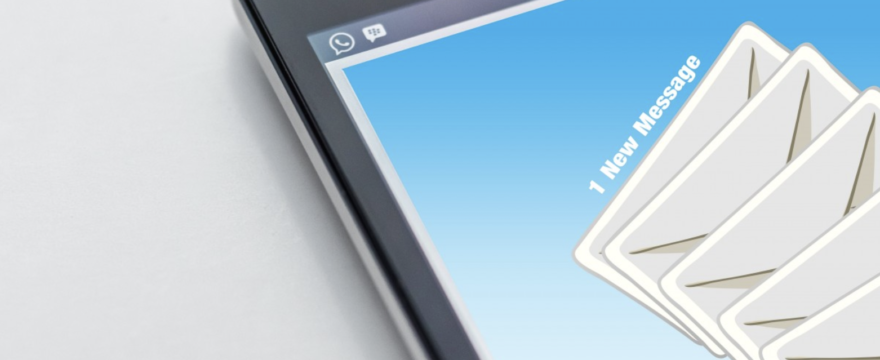Depending on your definition of “secure” and your field of work, you might be taking big risks when it comes to email.
Using free email services such as Gmail or Outlook is convenient and easy, but security-focused email platforms can do a whole lot more when it comes to protecting your, your coworkers’ and your clients’ data and personal information.
In fact, unencrypted emails are often the cause of major breaches, causing data loss that the use of a secure email platform could easily prevent.
Read on to learn some of the top features a quality secure email platform will provide and discover how switching to one of these can be a smart idea for you and your company.
[Related: 5 Reasons to Switch to a Private and Secure Email Platform]
End-to-End Encryption
If your chosen email platform is really secure, it will offer end-to-end encryption. This means your messages are protected from the moment they leave your email until the intended receiver decrypts them. Although free email platforms like Gmail offer transport encryption, it’s encrypted only at the network level, and Google can still (always) access your data to sell to third parties.
With end-to-end encryption, Google, other data miners and even the email platform itself can’t read the messages you send.
End-to-end encryption processes in two ways, using asymmetric and symmetric encryption. Asymmetric encryption uses two sets of keys to encrypt and decrypt data, while symmetric encryption uses one key to encrypt plain text and decrypt ciphertext.
[Related: 3 Big Reasons Email Security Is Important for Your Small Business]
Two-Factor Authentication
Two-factor authentication is crucial to protect yourself from hackers using logins to access your email account. Two-factor (or multi-factor) authentication means that besides your email address and password, you will need additional information to access your account.
Usually, two-factor authentication depends on something you know (like a password or email address) and something you possess (such as a mobile device or separate email account).
Using these things together will give you more secure access to your account and put up another wall between your information and those looking to steal it.
[Related: Importance of Multi-Factor Authentication for Email Security]
Open-Source Software
If your email platform is running open-source software, this means it makes its source code available for users to provide feedback on and even improve themselves.
While email providers like Outlook and Gmail can’t be inspected or audited, secure email platforms with open-source software are developed with complete transparency. Any issues are made public knowledge, bugs can be fixed quickly and user-suggested improvements are always being addressed.
Metadata Handling
How your email platform handles metadata is important. Metadata is small pieces of information that cybercriminals could mine, such as details about your device, web browser, network and more. Although this kind of information may seem insignificant, hackers could use these details as a first step toward finding a way “in.”
Secure email platforms typically strip this metadata to offer unmatched protection against malicious data miners.
[Related: Email Scams Are on the Rise — Learn How to Prevent Them]
Server Location
Depending on where your email server is located, your information could be at the whims of national data-retention laws. Some countries are required to maintain and store data from certain email providers for a period of time, and they can even grant the government access for surveillance. To avoid this altogether, you should seriously consider your server location.
Your Security Matters — Connect With VemaPoint Today
Email security should be a top priority for you and your business. And with VemaPoint, it’s easy. Our premium private email service isn’t hosted by big platforms that will sell your data. You can rest easy knowing your business’s information will remain confidential.
Contact us today to learn more. Check out our website or contact us today to get started!
Featured image via PxHere
